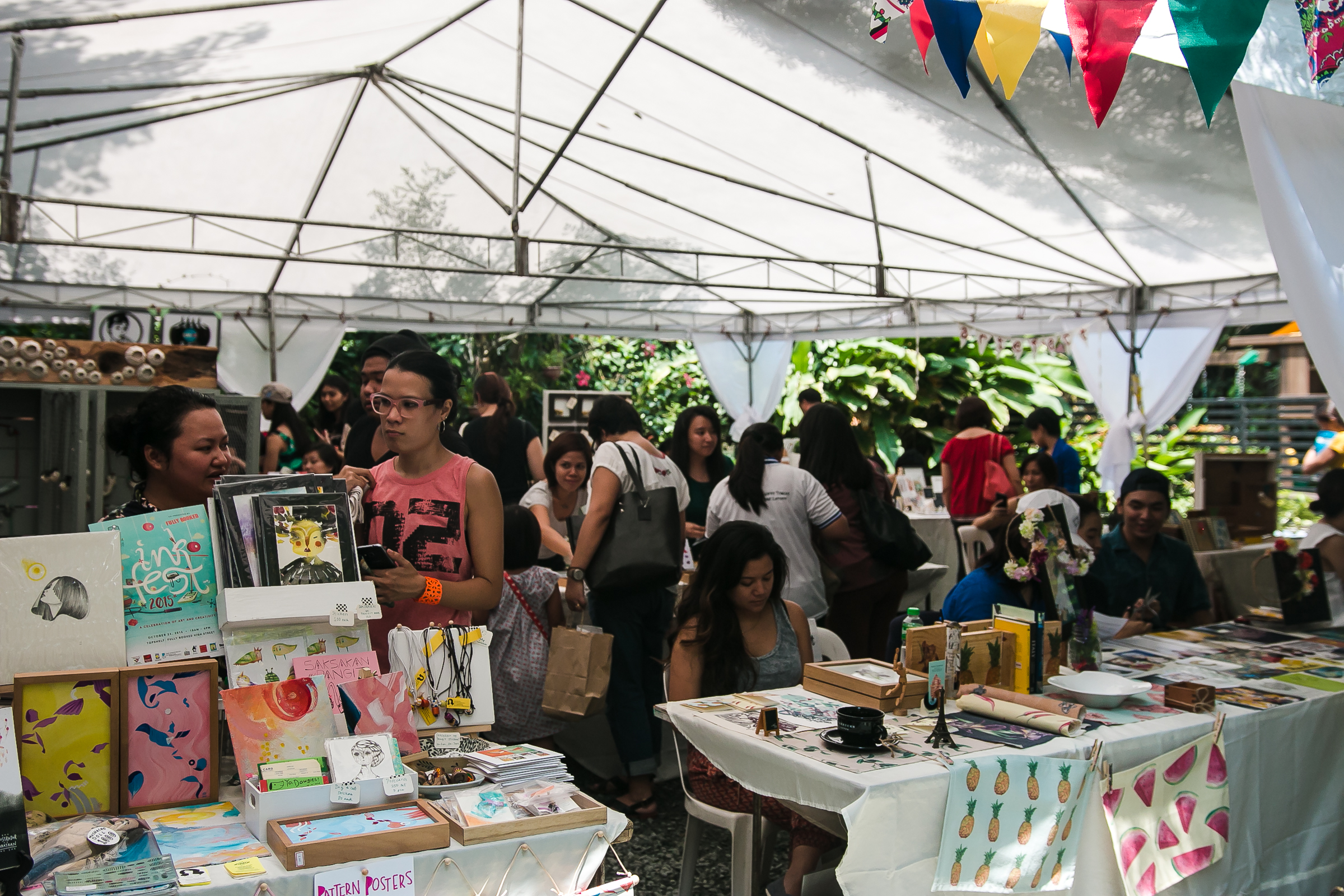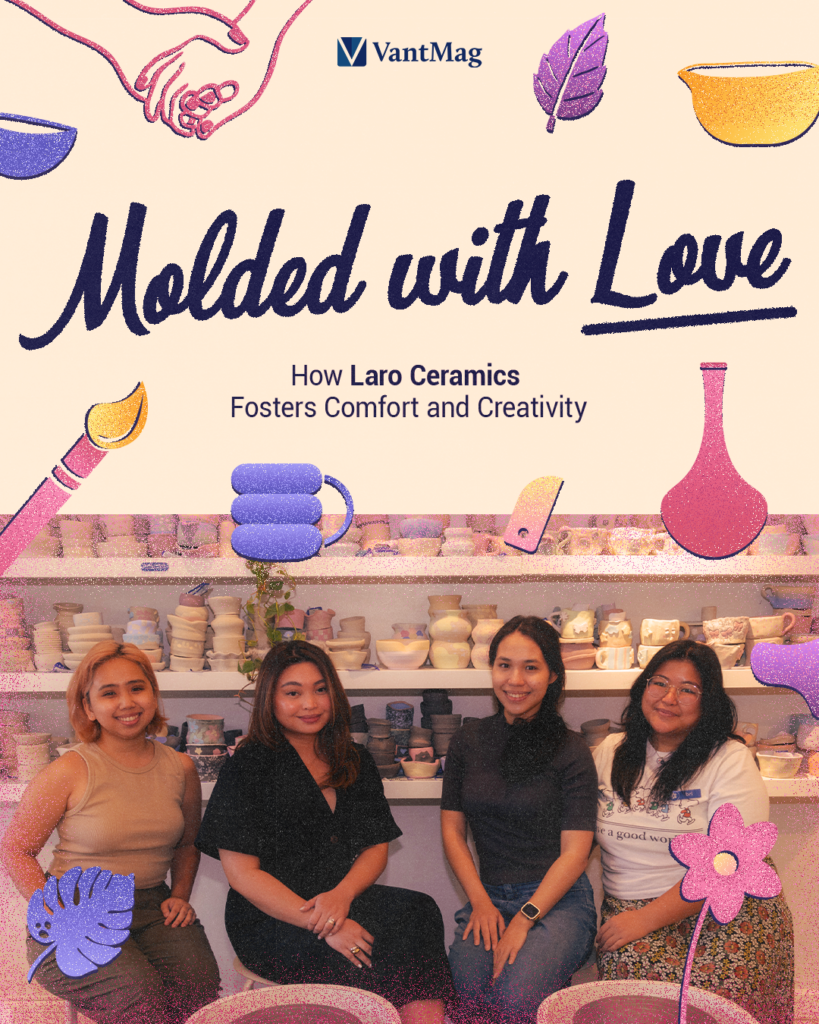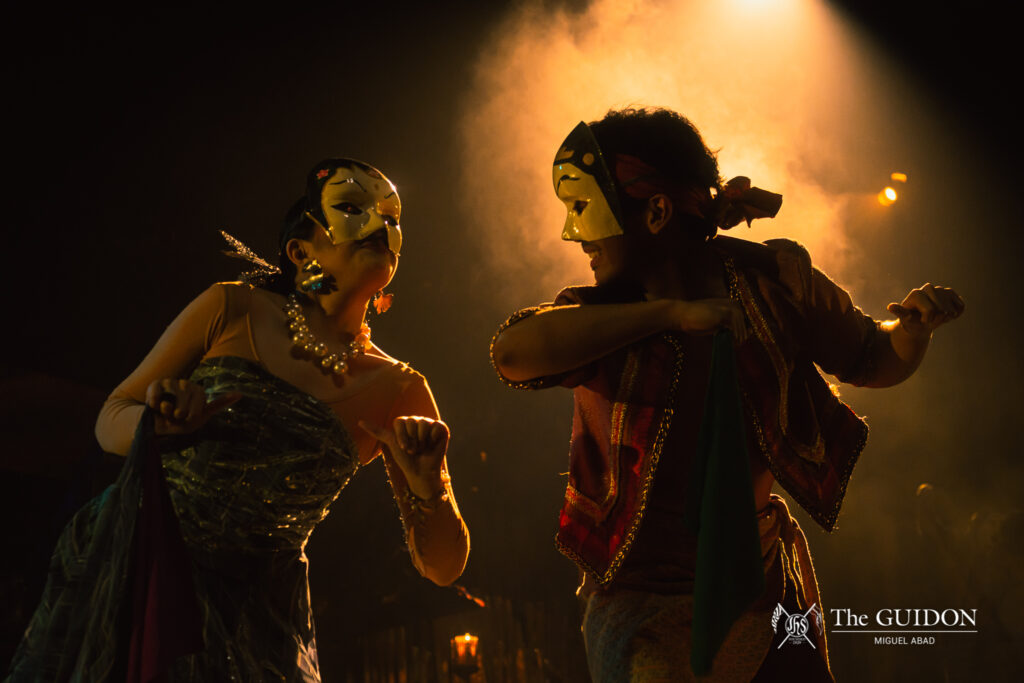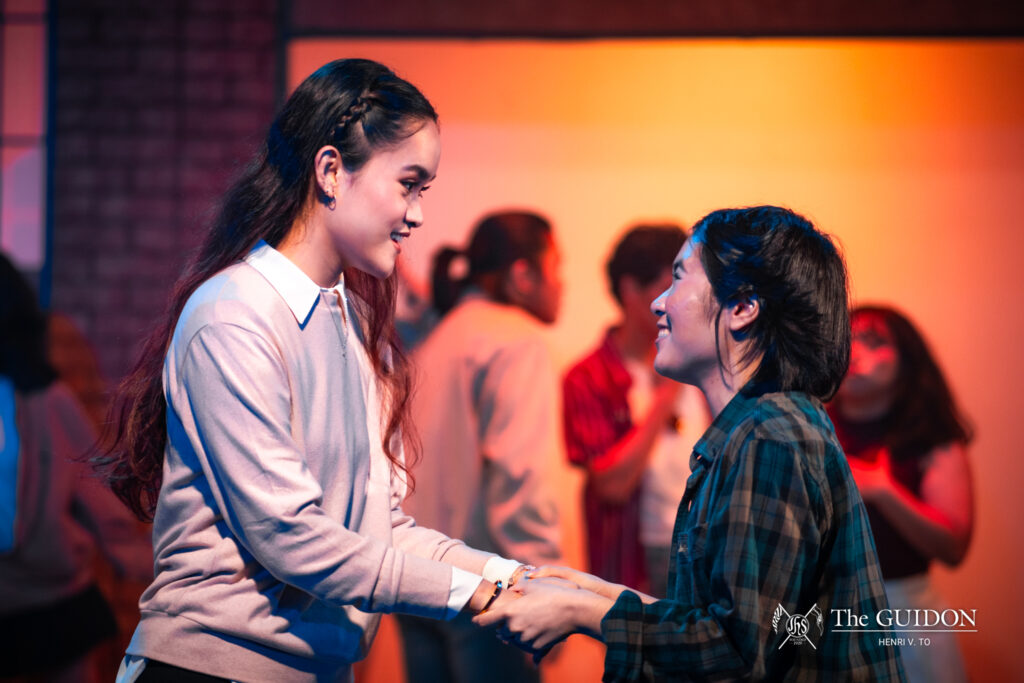It’s difficult to pinpoint the spirit of Katipunan beyond its noisy, perennially clogged streets and cluster of fast food chains. Unbeknownst to many, Katipunan is not only a university district, but a breeding ground to a mass of artists and aspiring artists. And yet it lacks a concrete atmosphere, a distinguished identity. What makes something distinctly associated with Katipunan in the way one would associate street food with Maginhawa or night life with The Fort? There is no definite sense of community—or at least none so obvious. However, a few of its inhabitants are trying to change this with the Katipunan Art Festival.
Laying the groundwork
Held last October 3, the Katipunan Art Festival brought several establishments along Katipunan and Esteban Abada together in order to exhibit the thriving local art scene. Mansy Abesamis, Clifford Espinosa, and Dan Matutina were just some of the numerous local artists and artisans taking part in the event.
The organizers behind the Katipunan Art Festival created it with the goal of developing the Katipunan arts scene into one that is community-centered. “I think one big factor is wanting to bring the community together,” says Arlene Barbaza, one of the festival’s organizers. “Kasi, there are different cafés and establishments here, but there’s no common activity for the community and we thought of this event to bring the community together, for us to get to know each other.”
According to Tita Rimando, co-owner of Ti & Me Handiworks Co. and event organizer, they want to “put Katipunan on the map in so far as arts and crafts is concerned.” She referred to the evolution of Maginhawa Street from an up and coming, trendy food spot to a well-established culinary locale as an example of the power of community and the influence it has to establish identity.
“[They] were able to request the local government not to approve of any commercial food chains. Everything is artisanal,” says Rimando. “I’d like to see this fair…make Katipunan like that. If Maginhawa has a claim already to food…we’re going to make a claim on arts.”
In addition to the festival’s primary goal of fostering a cohesive local art community in Katipunan, the organizers also aimed to bring attention to other lesser known art forms.
Abesamis elaborates on this further. “[L]aging crafting, like type-centric, pero this event—it’s super different kasi people from different backgrounds are collaborating on [it] (It’s always crafting, like type-centric, but this event—it’s super different because people from different backgrounds are collaborating on it).”
With most of the public interest geared towards the trendier, more accessible art forms—the Katipunan Arts Festival strives to shed some light on the often underrated forms of art such as paper cutting, string art or pottery by having a motley collection of participants to represent the diverse local art scene.
Attractions left and right
The abundance of local shops and establishments centered on art along Katipunan was veritably highlighted during the festival. The numerous attractions dotted the parallel streets of Katipunan Avenue and Esteban Abada Street, making everything (mostly) within walking distance and creating an unmistakable aura of community that was caused not solely by the proximity of the shops and establishments, but also by the noticeably laidback, welcoming atmosphere.
The general area lacked a clear aesthetic visibility—one who was unaware of the event could have walked down Katipunan or Esteban Abada and noticed nothing. The festival itself, however, was open and inviting. The organizers and participating artists were noticeably present in the area throughout the day, greeting patrons and conversing with locals artisans.
Ninyo Fusion Cuisine and Wine Lounge along Esteban Abada was the site of an assortment of little booths selling anything from postcards to jewelry—most, if not all, local and handmade. Crowds gathered around live demos that were also featured in the restaurant. Botanical doodling, papercutting, lettering, watercolor and graffiti were just some of the art forms showcased throughout the day.
Hey Kessy—Abesamis’ own craft store—had its walls lined with framed papercut artwork in an exhibit titled “All One Piece.” Its outer area was lined with interns handing visitors bright colored markers to sign registration, which was of course, free and open to everyone.
Espinosa Arts & Design, located in the 47 East building, put on display its owner’s signature wooden sculptures and furniture pieces made without the use of a single nail. Visitors were even allowed to dismantle sculptures and attempt to put them back together.
Route 196—a small bar further down along Katipunan extension—held a live event called Ugong. Now on its second year, Ugong promotes the collaboration of spoken word poets and musicians, as annouced by their slogan “Muling magtatalik ang tula at musika (Poetry and music will become one again).” After a short spoken word poetry open mic, the show featured singers and bands performing simultaneously with poets. Spoken word artists like Juan Miguel Severo and Zuela Herrera delivered their poetry while local musicians performed in the background. According to the host, the event attracted an unexpected crowd to the bar, with old and new faces from the community filling up every corner.
The design studio Plus 63 held a studio tour and design talk for aspiring designers. The talk was exclusively for pre-registered participants, but the studio allowed walk-in visitors to participate as well—again, an emphasis on the festival’s greater aim to inject art into the community and thus bring the community together.
Another one of the organizers, Miguel Robleza, emphasizes the event as one that does not aim to intimidate.
“Gusto namin maging accessible siya para mas makita siya ng public (We wanted it to be accessible so that it could be more visible to the public),” says Robleza.
What lies ahead
With the success and positive reception of the first Katipunan Arts Festival—made apparent by the overwhelming turnout of visitors and workshop participants—the organizers aspire to make the festival an annual affair that transcends the label of just being a yearly event.
Lou Javellana, one of the organizers, says “We’re just trying to keep it open for now and see how it goes, but eventually we want to get more people involved—more people from the community, help from our local barangay or even the local mayor. Basically make it as big as we can.”
Abesamis even hopes to give the event a lasting effect, saying, “Next year pwede tayong gumawa ng project, like iiwan natin after ng event…para buhayan talaga yung place (Next year we can create a project, like we’ll leave it after the event…so the place can really come to life).”
Its organizers having such a definite and clear-cut vision of what the Katipunan Arts Festival will evolve into certainly knocks down any doubts of whether the festival will be back next year, or the years after that. Although Katipunan hasn’t quite established itself as the beating heart of the local art scene, the vision of the years to come is nothing if not promising. An undertaking as dynamic as what the Katipunan Art Festival aimed to achieve seems almost foolhardy, but its reception from Katipunan’s natives speaks multitudes.






